It’s simple. Come to Anne Arundel Community College (AACC), complete a brief program supported by a network of faculty and staff dedicated to your success, graduate and start earning immediately! Demand for health care jobs is skyrocketing. According to data collected by the Bureau of Labor Statistics (BLS), employment in health care occupations is projected to grow 16% from 2020 to 2030, much faster than average. That means in the next few years there will be around 2.6 million new health care jobs – ones nearby with meaningful work that is open to the people properly trained. Possibly you!
Not only are the jobs in demand, they’re also diverse, from behind-the-scenes assistance to one-on-one care in and out of an office. AACC can provide a path you’re looking for, from a brief certification process to a career or further degrees and training.
Below are five programs that automatically lead to a job in high demand.
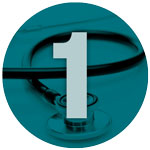
If you've ever had blood drawn, you know what a difference a person with a needle can make. That profession is easier to enter than you thought it was. Phlebotomists trained at AACC can start their career after a few months of courses. According to BLS data, the job outlook in phlebotomy will grow by 22% between 2020-2030, much faster than average. Phlebotomists earn a median annual wage of $36,320 and work in hospitals, blood donor centers and doctors’ offices. AACC’s program preps students for entry-level employment, but if you want to start working while continuing your education, that's also an option. Many phlebotomy tech courses count toward a Medical Laboratory Technician certificate or degree. Applicants are admitted to the Phlebotomy Technician course sequence on a rolling admission basis, which means it’s not too early OR too late to apply for the next available seat.
Learn more about the Phlebotomy Technician program.
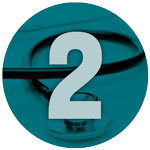
OK, to be fair, emergency medical technicians don’t wear scrubs. What they do wear is a uniform even though what they SHOULD wear is a superhero cape. But, we’re not here to talk fashion. If you want a hands-on career with excitement and purpose where you help people every day, this might be for you. In just 15 months, students complete courses that prepare them to take certification and start in the field, where they respond to emergency calls, perform medical services and transport patients to medical facilities. Graduates of our programs go on to help people around the country and the world as first responders. According to BLS data, the EMT job outlook is growing by 11% from 2020 to 2030, faster than average, and the median salary is $36,650. Bonus: if you want to become a paramedic, the EMT program is the first step, so you have options.
Learn more about the EMT program.
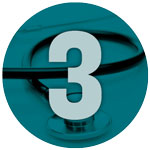
The AACC Medical Assisting program numbers speak for themselves. Our most recent Medical Assisting Education Review Board data shows 96% of our students pass their exam and 79% have immediate job placement. In just three terms you could find yourself being part of the data we’ll be bragging about next year. Employment of medical assistants is projected to grow 18% over the next eight years, much faster than the average. And options abound within the program, with letter of recognition, certificate and degree programs options for the same career path that can take you to a doctor's office, outpatient center or hospital.
Learn more about the Medical Assisting program.
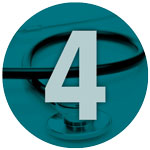
You know what’s relaxing? OK, yes, a massage, but also knowing AACC massage program graduates enjoy a 95% first-time pass rate on the Massage and Bodywork Licensing Exam. It’s also nice to know the program meets students where they are, with a part-time option offering both day and evening classes. The program offers either a certificate or an associate degree for students who are just starting their education and want to become licensed massage therapists. There is also a certificate program for students with previous college credit who want to become a registered massage practitioner or a licensed massage therapist. Registered massage practitioners practice only outside of health care settings, like spas, franchised clinics, hotels and fitness centers. Therapists have the option of working there or in doctors’ offices.
Learn more about the Massage Therapy program.
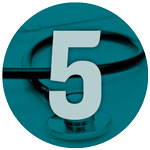
One year of training can get AACC LPN graduates to a career where the current median pay is $48,820 a year. A hands-on career requires hands-on training. Our 41-credit program lets you train on state-of-the-art equipment in classroom and labs that are the envy of medical schools across our region. With the option for evening and weekend training, you’ll gain clinical experience in hospitals, on acute medical-surgical, obstetrical and pediatric units; in extended care and rehabilitation facilities; with home health and community health agencies; and through outpatient psychiatric experiences. Successful graduates are eligible to sit for the National Council Licensure Examination-PN. With a 100% pass rate in the most recent report, our graduates have a higher-than-average success rate, both at the state and national levels (granted, it is hard to get more than 100%).